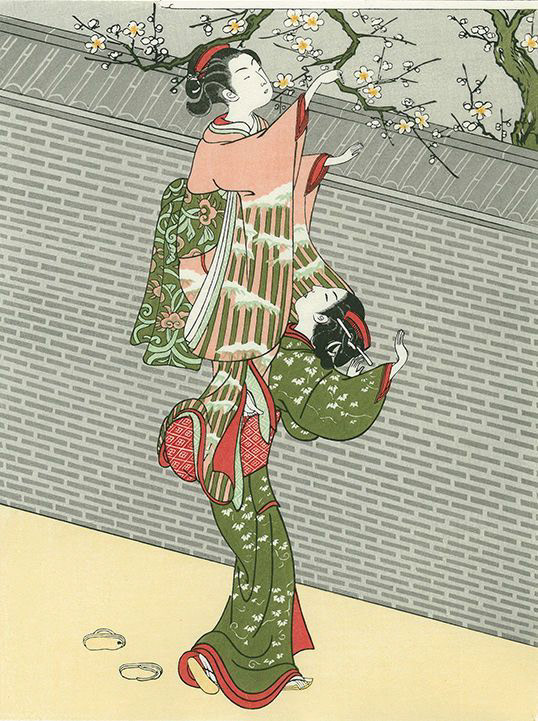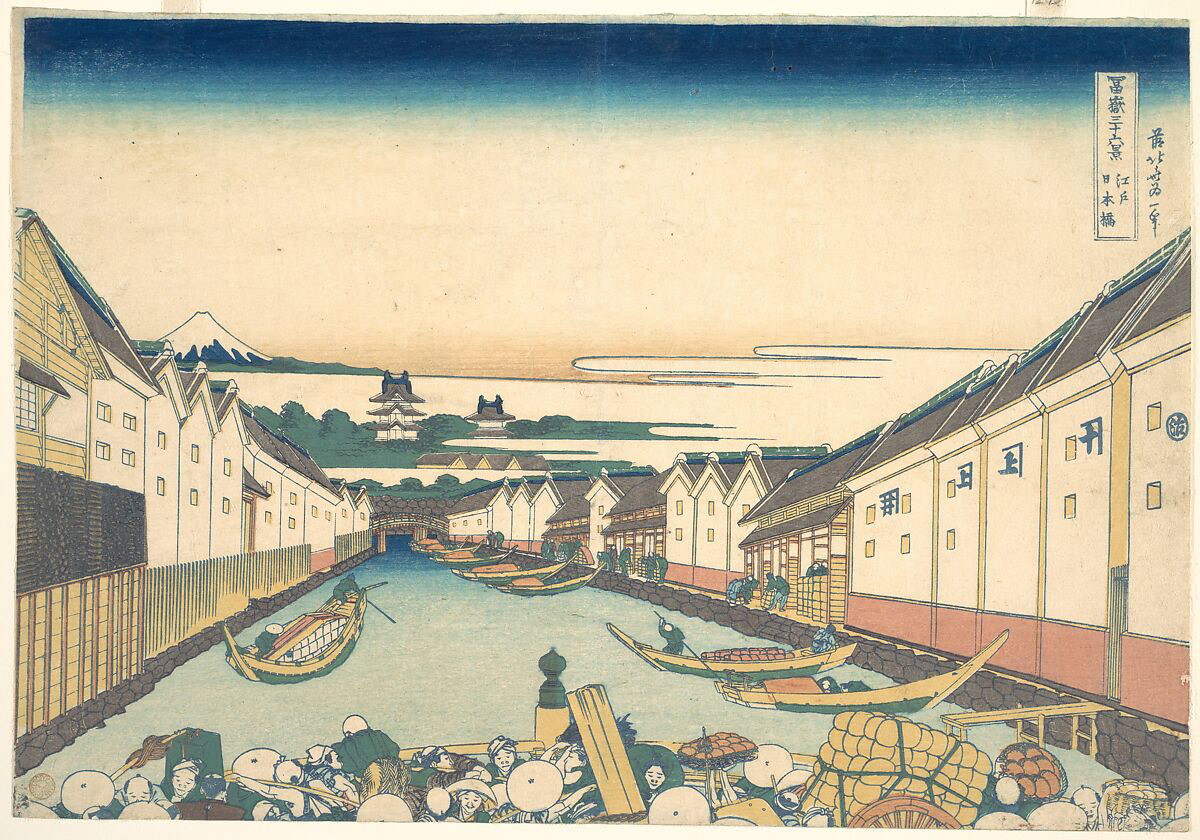What they said…
'Brilliant storytelling, descriptive power… characters so real they could slap you. '
'Glorious dialogue and such wise and creative ruminations on the human condition…'
'Crosby's research is meticulous, weaving an innate sense of drama seamlessly.'
'I felt utterly transported, challenged and stimulated stylistically, never doubting the hand that held the narrative tiller; sure, in control, confident, a writer on top of his game.'
Writing the series
I’m enjoying the journey… ancient Nara, the 16th century 100-year wars, down to the 1750’s publishing district of Shinbashi, learning woodblock printing, fashion and colour. On visits to the Ukiyo–the floating world–we meet customers and their imprisoned courtesans. On slow and fast trains and on foot, we see the sights of the Nakasendo, the inland highway, and stay at its checkpoint inns. In Book One the yakuza, organised crime visit… ghosts past possess these narcissists in pursuit of the oldest prizes–lust, money, power. In Book Two, we meet a few good cops. I can't wait to share my personal experience of Tokyo tent theatre–the tragedy of a curse that takes hold; in Book Three we climb to the pilgrim hut, ghosts above Mt Ontake, on to Matsumoto Castle and return to Melbourne to a dénouement that startles even me. Curse is a new slow-burn saga told in the light of incendiary lamps.
Suzuki Harunobu: Woman Admiring Plum Blossoms at Night. 1766
Book One
"This curse, of times long gone, of now, must be set down with indelible ink and read out loud… If there is any hope, it is in the record; for evil prefers silence and withers in the telling."
Ghosts past visit Edo's golden era of print-making. Japanese ancients, infidelity and power lust… a humble woodcut carver, a brilliant young artist and his 'floating world' love… as the world's first ever colour print is created, evil moving down the ages is released. In Melbourne, in his father's attic, Detective Peter Martin finds a cherrywood print block and begins to see why his life has been filled with so much loss… but what's he to Japan? Is he cursed?
Book Two
A ghost story that weaves the aesthetics of Japanese art with the grit of Tokyo's underworld. The dark history of the cherrywood print blocks, an organised crime family and a Melbourne detective in Tokyo—'the power of love and the love of power, like a devil’s mandala, once it rolls just you try and stop it'.
(Book One spoiler!) Book Two returns this generational saga to contemporary Japan. The hidden influence of the cherrywood print blocks heats in the blood-lines of the ill-fated Kota crime family. Melbourne Detective Peter Martin feels his calm and calculating style of policing unravel in the burning desire to avenge his wife's murder. With the reluctant assistance of Tokyo junior detective Kiko Honda, Martin attacks. The Curse of the Matsumoto Cherrywood is a story about the desecration of art and love, first seen in the deaths of artist Takabata and dancer Momo but also in the earlier histories glimpsed in the stories of the enigmatic warden of Matsumoto Castle in Book One. Chasing on foot, trains and automobiles, this second book in the series moves from Tokyo to Mount Ontakè in the Japanese Alps where artists and criminals face the open expression of an ancient curse. Deep in the mountains, the aspirations of artists to annotate the world and the ambitions of the power-hungry to control it meet catastrophically. These deeper motivations drive this extended art-heist saga, they inform the actions of its characters, they guide its writer.
Matsumoto Castle 1910. We will have to wait till Book Three for our characters to return back to the site of the Book One cherrywood print commission and the story's dénouement.
On writing, research and publishing
In various forms, I've been writing all my life. My theatre, television and film career has focused my attempts within that sphere. At the age of 50 I commenced my first pass at longform fiction writing with The Curse of the Matsumoto Cherrywood. Early on, I took advice from a published speech that writer Andrew Bovell made, in which he said that a writer should be surprised by the trips and turns of their characters. When I came to decisions that might limit the scope, I admit, I should have known better. I followed the meandering path of ghost story writing till the scope became epic. A decade of research, theatre projects in Japan and experience gained writing in the novel fiction form led me to this saga length. So, with the second book hitting the digital stands this month of February 2024, I am thrilled to be presenting the fruits of these Japanese influences, a series of novels on Smashwords and the outlets with whom they deal. Smashwords offers excellent support and, compared to the other self-publishing place, feels less like a multinational behemoth. It provides a platform for writers to reach readers directly, and to maintain control of their material, and for that I am thankful.
Please do drop me a line, I look forward to hearing your response to the story so far.
____________________
Ukiyo-e
Some of my favourite ukiyo-e (Japanese woodblock prints). Many of the images are drawn from the Metropolitan Museum of Modern Art, NY, for example here.

Suzuki Harunobu: Evening Shower, 1765

Suzuki Harunobu: Beauty Breaking an Ume Branch

Suzuki Harunobu: Young Woman Climbing Stairs to a Shinto Shrine

Suzuki Harunobu: Crow and Heron

Hokusai Katsushika: Nihonbashi 1830-32

Utagawa Hiroshige: Shono, Evening Squall
